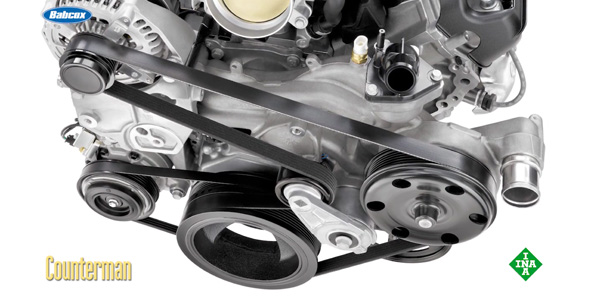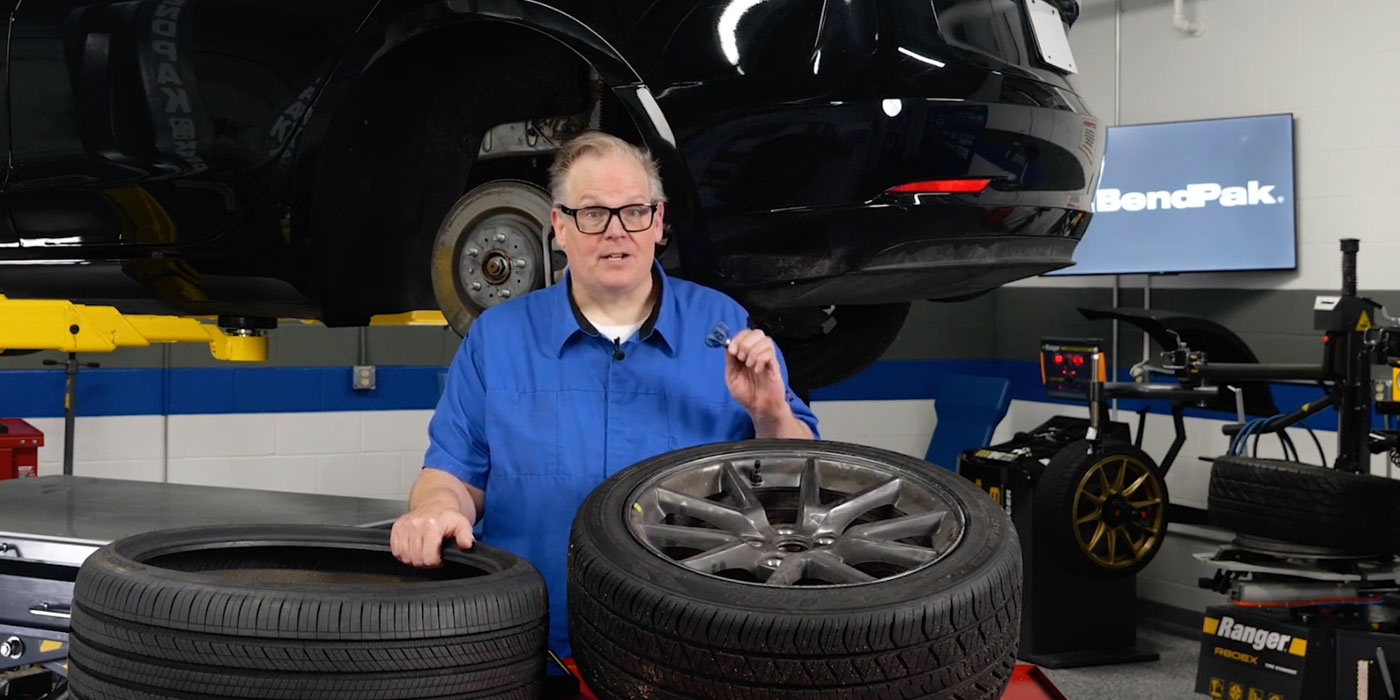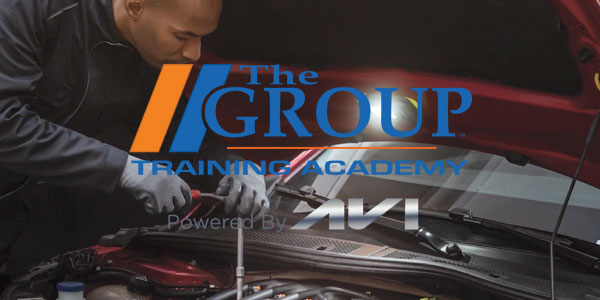This video is sponsored by INA.
How can you help your customers make their belts last a lot longer? Here are three tips.
Tip No. 1: Look underneath the vehicle.
A lot of vehicles have undertrays, wheel-well liners and other plastic bits that help protect the drive-belt system. They’re there for a reason. Most of all they’re protecting the belt from road debris being kicked up onto the belt and causing wear. If these shields are not on the vehicle, the belt isn’t going to last very long, because you’re going to have a lot of abrasive components working between the pulleys and the belt itself.
Next, let’s talk about groove hygiene. Every time a belt is replaced, the grooves need to be inspected and possibly cleaned. It could be a stone, a rock or just that perfect piece of debris that gets wedged inside the grooves of the pulley. It also could be the material from the previous belt that has built up and filled up the groove. Make sure that you’re using a pick to clean out some of this debris. Don’t force it. Make sure that you’re not causing any scratches or damaging the finish on the pulley itself.
Tip No. 3: Make sure that you’re servicing the entire belt-drive system. This includes the tensioner and possibly the decoupler pulley. Why? These are also wear items. There are dampeners inside the tensioner that help control belt movement. In some cases, the decoupler pulley can wear out on some systems, and it may even be listed as a maintenance item in the owner’s manual.
All three tips relate back to one thing: how the belt interacts with the pulleys. In other words, we’re preventing dust and debris from getting in there, and making sure that when the belt goes on there new, there’s no dust or debris on those pulleys to damage the brand-new belt. So, keep them clean and make sure that the road debris cannot get on the pulleys or the drive-belt system.













